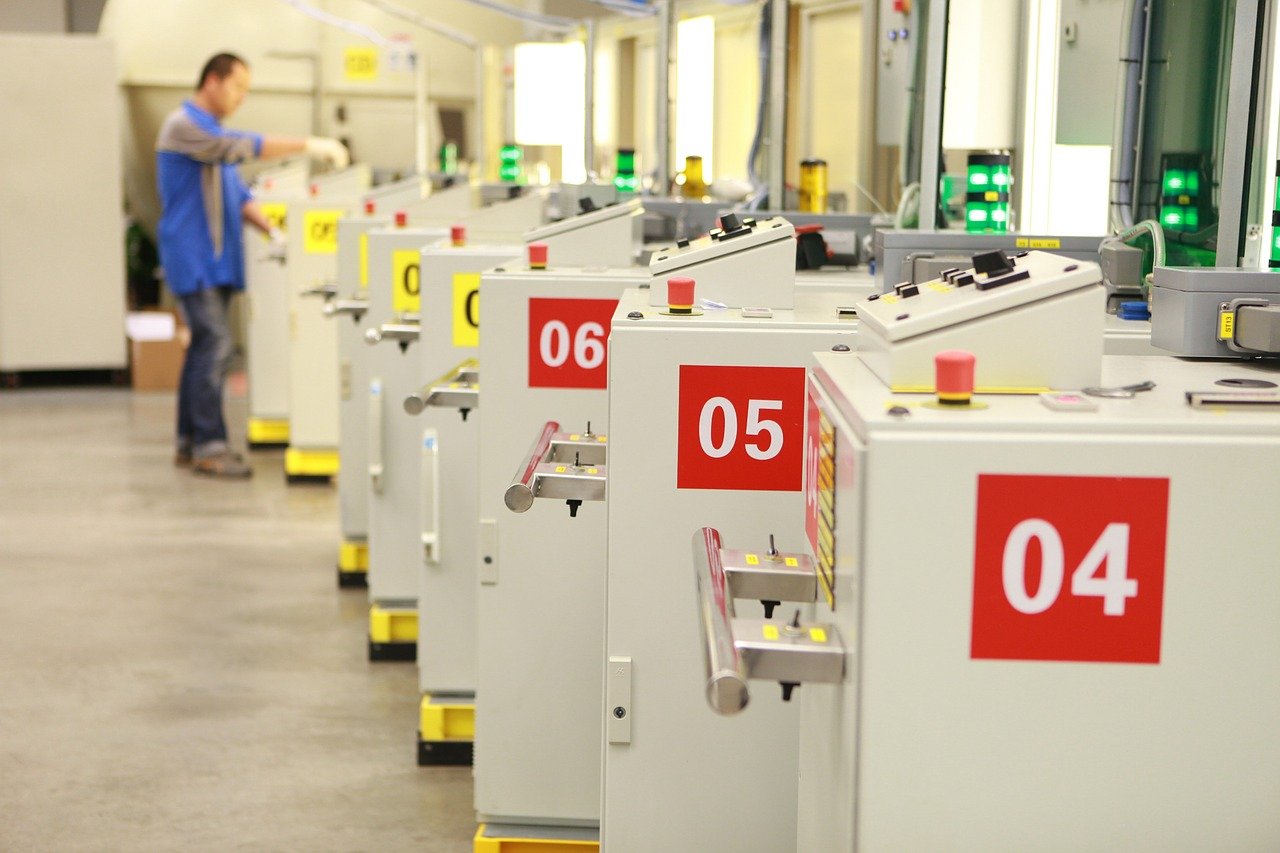Imagine being able to watch a product put itself together right before your eyes. Everything from toys to skyscrapers could have minimal human interaction to reduce errors and increase the design possibilities.
Brute Force Construction vs. 4D Micro & Nano Self-Assembling Materials
Earlier this year IndustryTap wrote “New Architecture Materials Are Creating Amazing Buildings” in which MIT, largely through multi-disciplinary work amongst its various departments, is bringing new materials to architects that are lighter, stronger, built on the nanoscale and are, in some cases, “self-assembling.” This approach is not only applicable to architecture but to all areas of engineering and science. “The idea is to combine nanoscale programmable adaptive materials and the built environment,” according to Skylar Tibbits of MIT.
Eliminating Major Inefficiencies In Current Manufacturing & Construction
The new paradigm of building structures is based on the way biological systems are structured and grow already, leading to the creation of materials that can adapt to their surroundings. The image below shows materials designed by MIT researchers that are lighter and stronger than any materials currently used in construction of buildings. These new materials will allow completely new designs and structures.
A software called CADNano is currently being used in designing three-dimensional nanostructures. Objects will soon have a “4th Dimension”; they will change according to circumstances in their environment. For example, drainage pipes will grow in size as the volume of water increases and shrink as the volume decreases.
The following TED video shows Tibbits talking about the emergence of “4D Printing” and provides a good introduction to the new paradigm.






